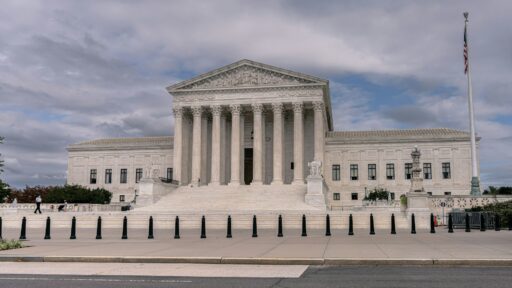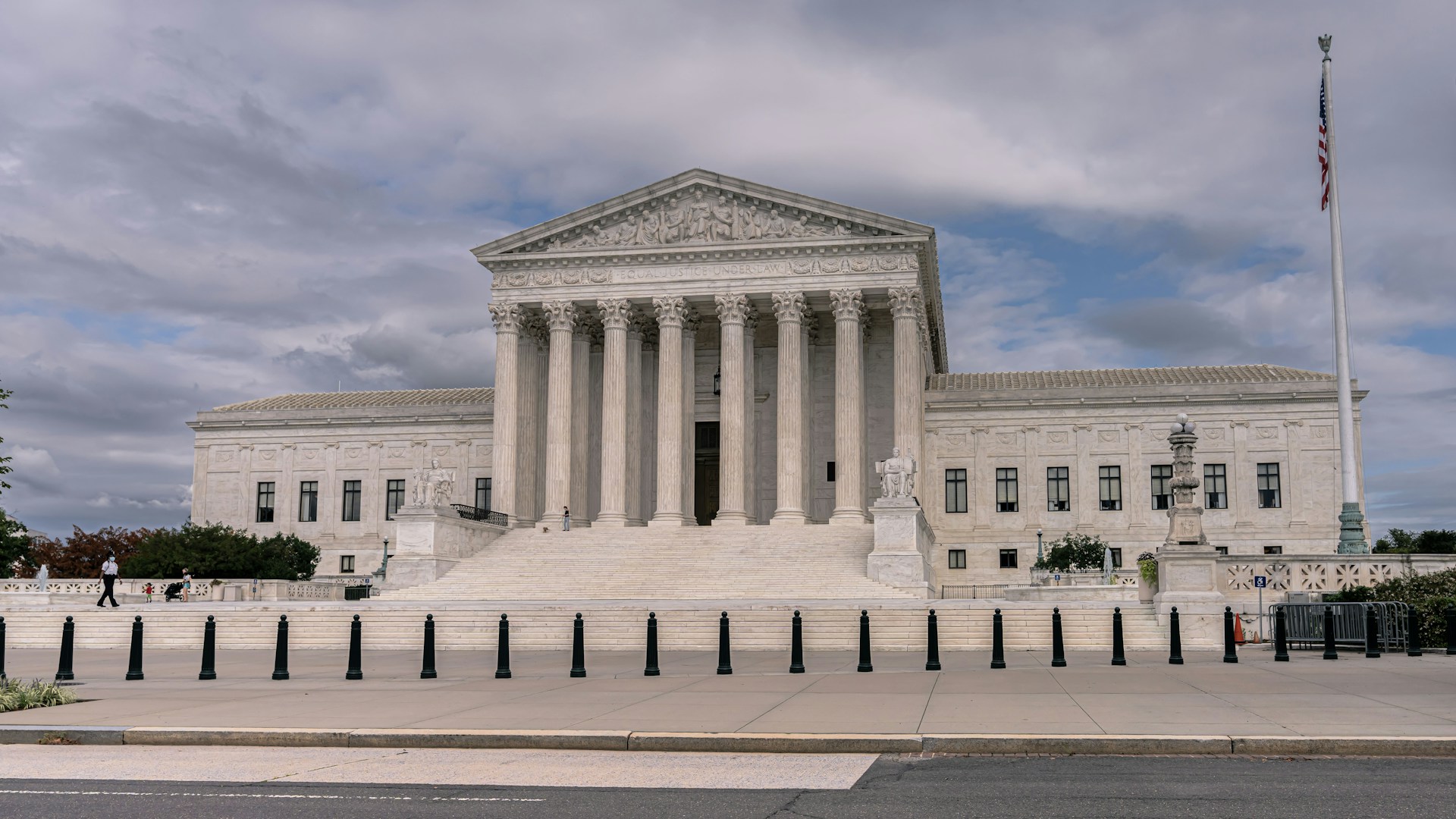This could sway the 2024 election in anyones favor if not handled correctly.
During a recent session, the U.S. Supreme Court engaged in a critical discussion regarding access to the abortion pill, mifepristone, with the Biden administration staunchly advocating for its widespread availability. The essence of the debate revolved around whether certain anti-abortion groups and doctors possess the requisite legal standing to challenge existing regulations governing the prescription and distribution of mifepristone.
The case, initiated by four medical associations and four doctors from Texas who oppose abortion, underscores the broader societal debate over reproductive rights, especially pertinent in a presidential election year. At the heart of the matter are regulatory changes proposed by the Food and Drug Administration (FDA), including extending the window for medication abortions and permitting mail delivery without an initial in-person clinical consultation.
Solicitor General Elizabeth Prelogar, representing the Biden administration, contended that the plaintiffs lacked sufficient legal grounds to challenge the FDA’s decisions. She emphasized the absence of demonstrable harm directly attributable to the FDA’s actions, urging the court to dismiss the case.
However, conservative Justice Samuel Alito probed the issue, questioning who could legally contest the FDA’s decisions if not the present plaintiffs. This prompted discussions regarding the threshold for legal standing and the implications of judicial intervention in regulatory matters.
Erin Hawley, representing the plaintiffs, asserted their standing, citing potential violations of conscience among member doctors who may be compelled to address complications arising from medication abortions. The ensuing legal debate delved into the FDA’s decision-making process and the plaintiffs’ contentions regarding safety concerns and regulatory overreach.
The Supreme Court’s conservative majority, highlighted by recent abortion-related rulings, adds significance to this deliberation, with potential ramifications for abortion laws across various states. The case’s outcome may shape the landscape of reproductive rights and FDA regulations for years to come.
Beyond legal intricacies, the case symbolizes the broader societal divide over abortion, as evidenced by passionate demonstrations outside the court building, reflecting the deeply held convictions on both sides of the issue.
As the court weighs these complex legal and moral considerations, the nation awaits a ruling expected before the end of June, aware of the profound implications it may have on women’s healthcare and reproductive freedoms.







